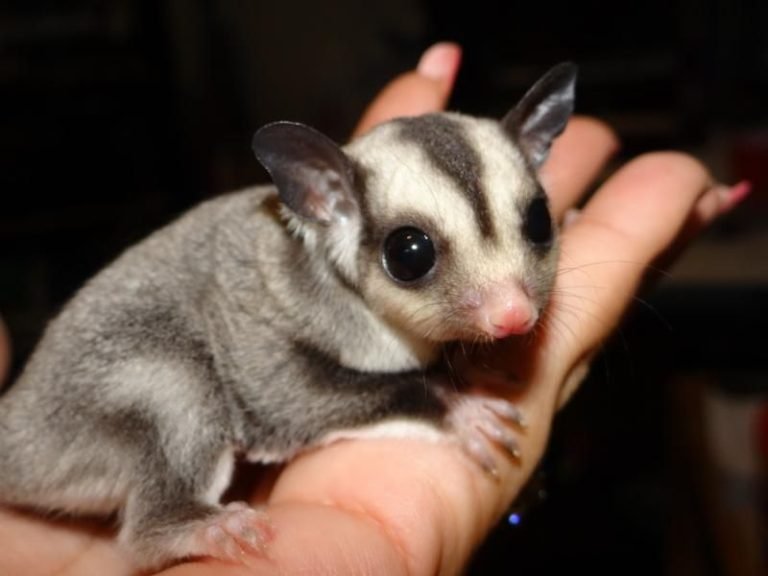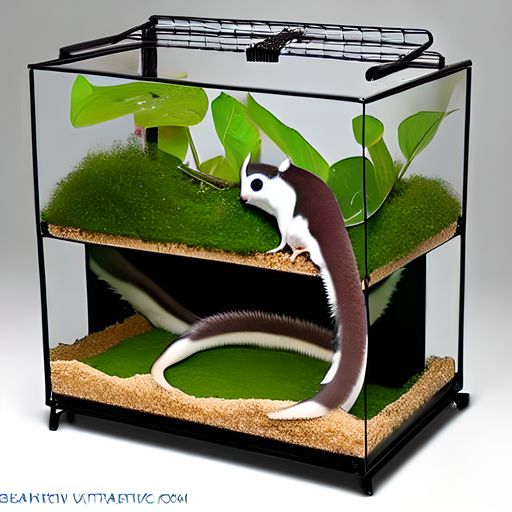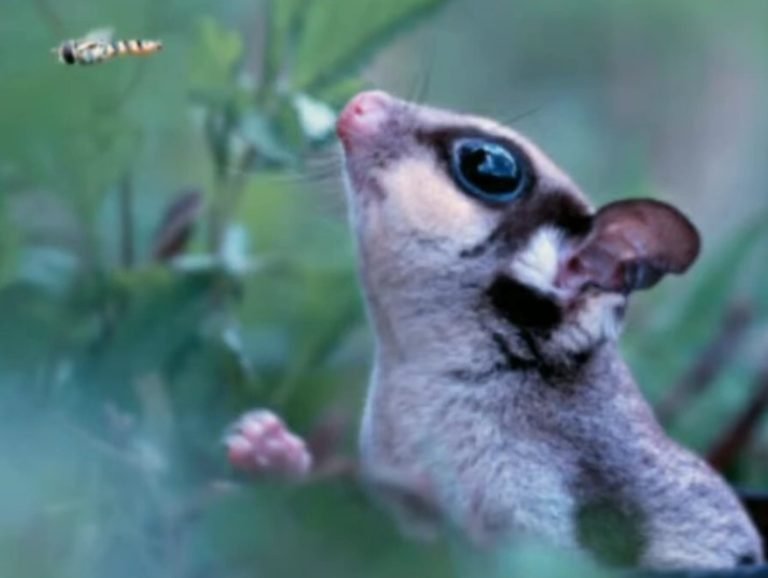How Smart Are Sugar Gliders
How Smart Are Sugar Gliders?
Sugar gliders are fascinating creatures known for their cute appearance and unique behaviors. But just how smart are they? Can these small marsupials exhibit intelligence beyond their adorable looks? In this article, we’ll explore the intelligence of sugar gliders and delve into their cognitive abilities.
Sugar gliders belong to the marsupial family, which includes kangaroos and koalas. They are native to Australia, Indonesia, and New Guinea. These small animals are known for their social nature and ability to glide through the air using their patagium, a membrane that stretches between their wrists and ankles. Besides their physical abilities, sugar gliders also possess a level of intelligence that makes them fascinating to study.
The Social Intelligence of Sugar Gliders
Sugar gliders are highly social animals that live in groups called colonies. Within these colonies, they exhibit complex social behaviors and have the ability to communicate with each other effectively. Their social intelligence is evident in various ways:
1. Bonding and Recognition
Sugar gliders form strong bonds with their colony members and are capable of recognizing individuals. They use their acute sense of smell to identify family members and other familiar gliders. This recognition helps them establish social hierarchies and maintain cohesive groups.

2. Vocalizations and Body Language
Communication is vital for sugar gliders, and they use a combination of vocalizations and body language to convey messages. They have a repertoire of sounds, including barks, chirps, and clicks, which they use to communicate different emotions and intentions. Through their body language, such as tail movements and facial expressions, sugar gliders can express their mood and intentions to other gliders.
3. Cooperative Care
Sugar gliders exhibit cooperative care behavior, where members of the group work together to care for the young. Adult gliders take turns babysitting, grooming, and feeding the offspring. This collective effort demonstrates their ability to cooperate and care for the well-being of the entire group.
Problem-Solving Abilities
Intelligence can also be measured by an animal’s problem-solving abilities. Sugar gliders have showcased their intelligence in various tasks and challenges:
1. Foraging Strategies
In the wild, sugar gliders are primarily omnivorous and rely on various food sources. They exhibit clever foraging strategies, such as remembering the location of food caches and adapting their diet based on availability. Sugar gliders have shown the ability to solve complex problems related to obtaining food, proving their resourcefulness and adaptability.
2. Puzzle Solving
In captivity, sugar gliders have been tested with puzzle toys and challenges. They have shown an aptitude for solving these puzzles, such as opening latches, navigating obstacles, and accessing hidden treats. Their ability to quickly learn and adapt to new tasks highlights their problem-solving skills.
Memory and Learning
Sugar gliders are also capable of learning and remembering information over time. Some studies have shown their ability to remember food locations, recognize specific individuals, and navigate their territory efficiently. Their memory and learning capabilities enable them to survive in their natural environment and adapt to changing conditions.
Frequently Asked Questions
1. Can sugar gliders be trained?
Yes, sugar gliders can be trained using positive reinforcement techniques. With patience and persistence, they can learn tricks, respond to commands, and even use a litter box. Training helps stimulate their minds and strengthens the bond between sugar gliders and their owners.
2. Are sugar gliders good pets?
Sugar gliders can make good pets for individuals who are prepared to meet their specific needs. They require a proper diet, a large and enriched enclosure, and regular social interaction. Potential owners should do thorough research and understand the commitment required to care for sugar gliders.
3. How do sugar gliders compare to other intelligent animals?
While sugar gliders demonstrate intelligence in various ways, they are not on the same level as highly intelligent animals like primates or dolphins. However, their social behaviors, problem-solving skills, and ability to learn and recognize individuals place them among the smartest small mammals.
Final Thoughts
Sugar gliders may be small, but they possess an impressive level of intelligence. Their social nature, problem-solving abilities, and memory skills all contribute to their reputation as clever creatures. Whether gliding through the treetops or engaging in social interactions, sugar gliders continue to captivate researchers and enthusiasts with their unique intelligence.
In conclusion, sugar gliders are much more than just cute and cuddly animals. Their intelligence deserves admiration and respect, making them a truly fascinating species to study and interact with.






